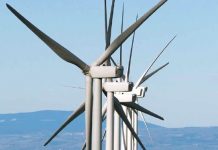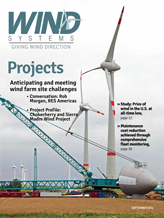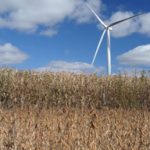During the two-minute segment, he gave a general overview of the device’s many features, most of which didn’t differ from other phones currently on the market.
At the end of his vocal sprint — reminiscent of a Micro Machines commercial — he felt the need to add the following:
“Oh, and it makes phone calls.”
That’s what we expect, right? A “phone” is useless if it can’t place or receive a call. With all the advancements in mobile technology, the cell carriers still tout the availability and robustness of their network above all else.
We want to be able to make a call when we need to do so. When we can’t, we get frustrated. Think about it. How many times have you been driving down the highway and had the call drop out?
If you’re like me, you likely uttered something to the effect of: “What the what?! I just had four bars!”
In that moment, our intense focus on that phone call is interrupted by something that is out of our control. If we were to look at the situation logically, we’d realize that we’re in-between cell towers. Coverage is limited when you’re moving in a direction that takes you through different zones.
In other words, the bars can be misleading.
I was reminded of this when browsing through AWEA’s U.S. Wind Industry Second Quarter 2014 Market Report — specifically the graphical representation of annual installed capacity reported over time.
When separated into blocks of years, the installed capacity graph mimics the little icon at the top of your phone screen indicating signal strength.
For the last several years, it looks as though the industry has been cruising down the highway at a pretty good clip, bouncing back and forth between cell towers — strong, then weak, then strong again.
In 2013, we might as well have thrown up the “No Service” icon. But here we are, halfway through 2014, and judging solely by this graph, you’d think we’re scratching our heads and holding our phone skyward, searching for a signal. But that’s not the case.
Again … the bars can be misleading.
As AWEA’s Emily Williams points out in this issue of Wind Systems, there are currently more than 14 GW of wind projects currently under construction in the U.S. These projects are expected to be completed by the end of the year in order to take advantage of the Production Tax Credit.
That’s not just traveling along jumping to a new cell tower. That’s upgrading from a flip phone to the iPhone 8.
It’s an accomplishment worth celebrating. But before we get too carried away, please take into consideration what AWEA and other groups have been stressing for last few years — consistency and stability.
In order to keep from dropping the call, we have to be focused on not dropping the ball.
Can you hear me now? … Good.
Thanks for reading,



































